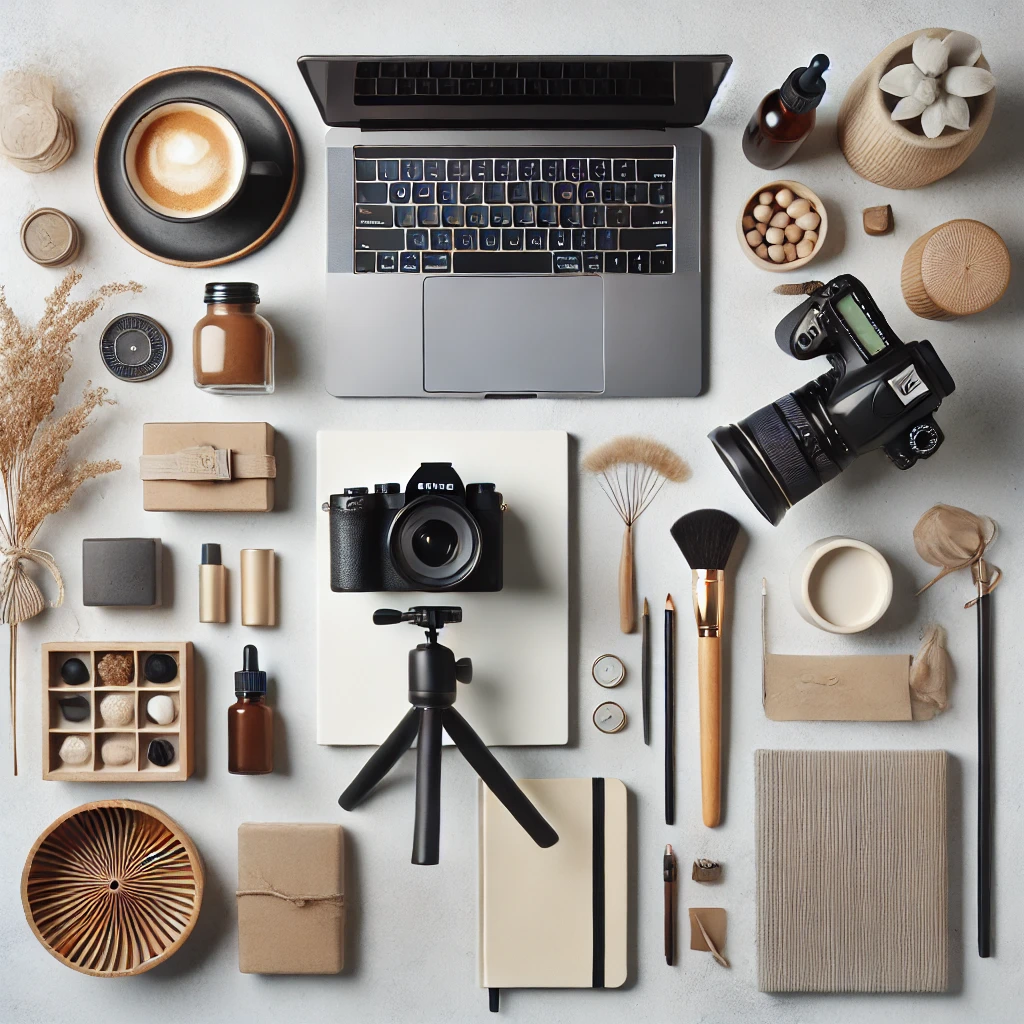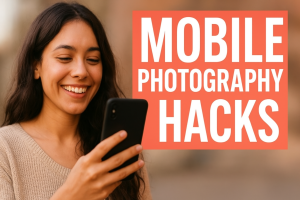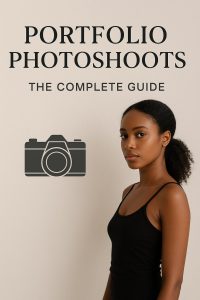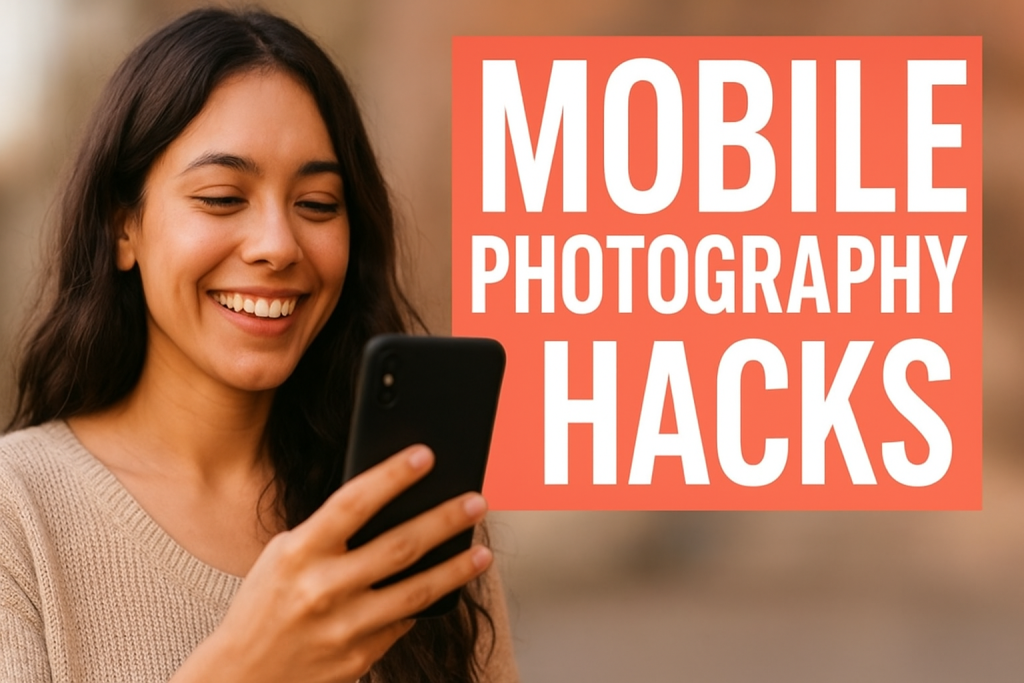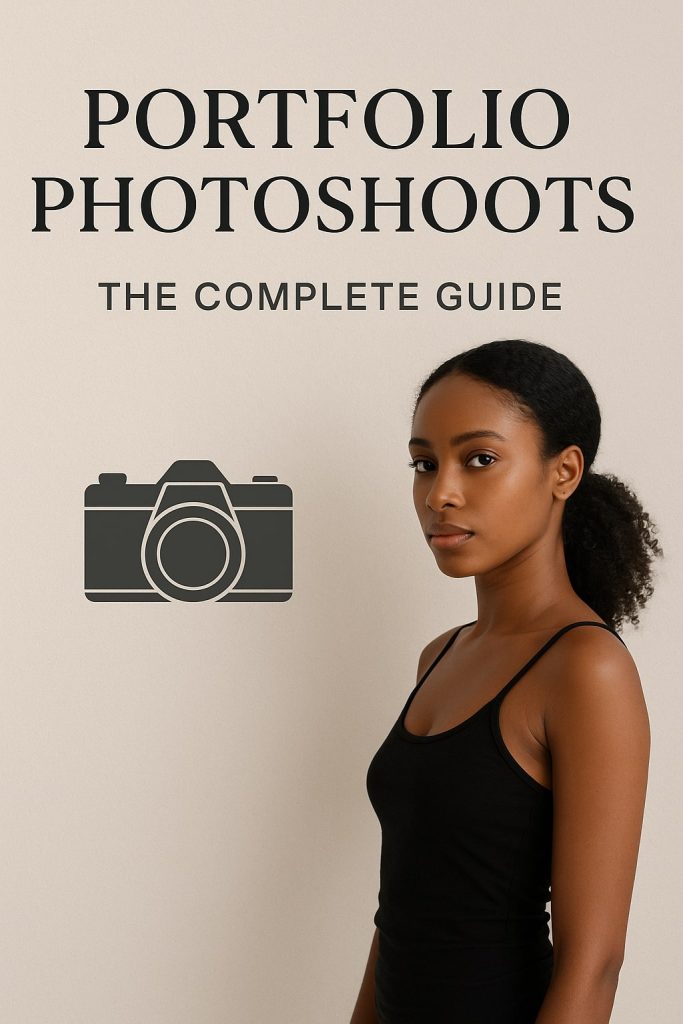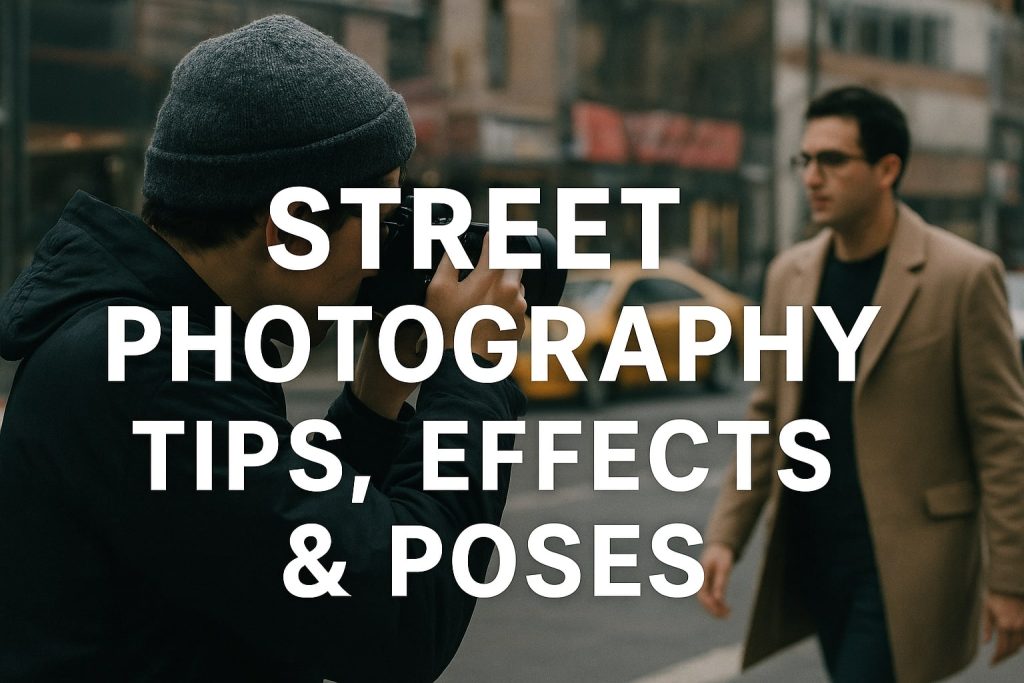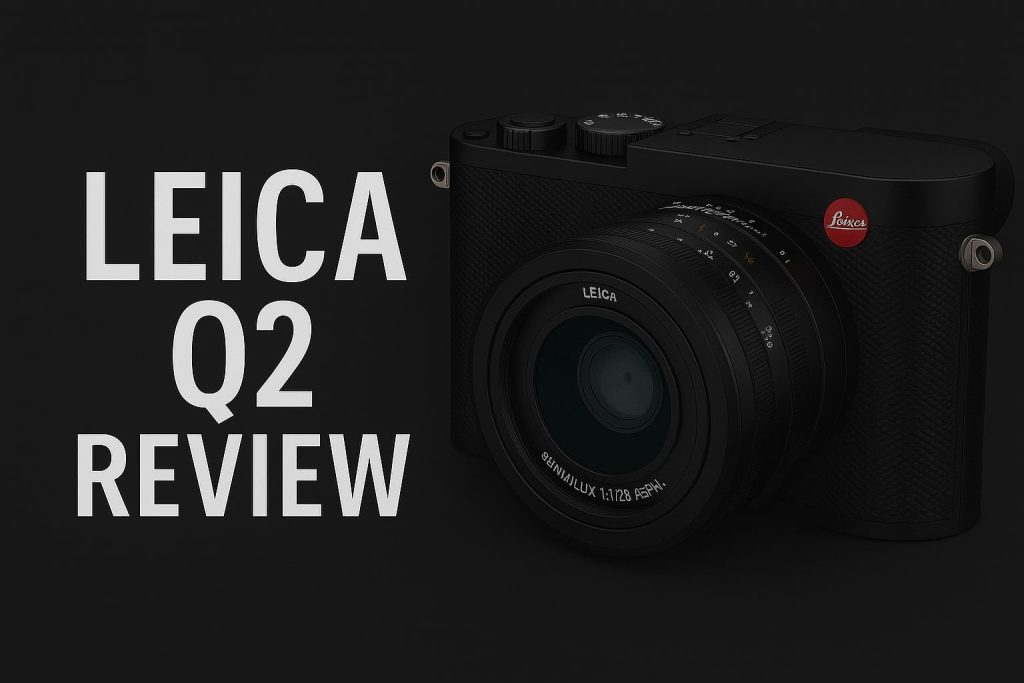Flat lay photography is a powerful way to showcase products with style and creativity. Whether you’re working with fashion, food, or tech gadgets, this top-down photography technique can bring your brand to life. However, achieving a polished and professional look requires thoughtful planning and execution. This guide will walk you through essential equipment, lighting tips, composition techniques, and editing strategies. By the end, you’ll have the knowledge to create visually stunning flat lay product photography that stand out. Let’s dive in!
Thank you for reading this post, don't forget to subscribe!1. What Is Flat Lay Photography?
Flat lay photography is a technique where objects are arranged on a flat surface and photographed from directly above. This approach creates a clean and structured composition that highlights the details of the products.
Why It Works So Well
- Eye-Catching Appeal: The structured layout draws attention effortlessly.
- Highly Versatile: Works for a range of industries, from beauty to technology.
- Perfect for Storytelling: Elements can be arranged to create a narrative.
- Great for Social Media: Flat lays perform well on Instagram and Pinterest.
By carefully planning your setup, you can make even simple products look sophisticated.
2. Essential Equipment for Flat Lay Product Photography
While you don’t need expensive gear to get started, the right tools can elevate your photography quality.
Must-Have Equipment
- Camera: A DSLR or mirrorless camera provides better control, but a high-quality smartphone can work too.
- Tripod: Helps maintain consistency and keeps shots steady.
- Lenses: A 50mm or 24-70mm lens delivers sharp results. A macro lens is useful for close-up details.
- Backdrop: Choose white or neutral backgrounds for a clean look. Wooden or marble textures add elegance.
- Lighting: Soft natural light works well, but LED panels or softboxes create a controlled environment.
- Props & Accessories: Small items like fabric, leaves, or books add depth and character.
With these essentials, setting up a professional-looking flat lay becomes much easier.
3. Perfecting Your Lighting Setup
Lighting plays a crucial role in ensuring your flat lay images look sharp and professional. The right light prevents harsh shadows and enhances the product’s details.
Best Lighting Practices
- Use Natural Light: Position your setup near a window for soft, diffused lighting.
- Avoid Direct Sunlight: Harsh shadows can overpower the composition.
- Try Artificial Light: Softbox lights or LED panels create consistent lighting conditions.
- Use Reflectors: White foam boards bounce light back onto the subject, reducing dark spots.
Experiment with different lighting angles to see what works best for your setup.
4. Composition Techniques for Stunning Shots
Great composition makes a flat lay visually appealing and well-balanced. A structured layout ensures that the product remains the focal point.
Key Composition Rules
- Rule of Thirds: Position key elements along grid lines for a balanced look.
- Leading Lines: Use props to guide the viewer’s eyes toward the main subject.
- Negative Space: Leaving empty areas enhances clarity and focus.
- Layering: Add elements of different heights for dimension.
- Consistent Colors: A well-matched color scheme ties the image together.
An intentional arrangement will create a polished and aesthetically pleasing image.
5. Styling Your Flat Lay Setup
Props and background choices can either enhance or clutter your image. Keep the styling intentional and cohesive.
Tips for an Aesthetic Look
- Stick to a Theme: Choose props that complement the product.
- Keep It Simple: Too many elements can create a cluttered feel.
- Play with Textures: Smooth surfaces contrast beautifully with rough textures.
- Incorporate a Human Touch: Adding hands or personal items increases relatability.
- Tell a Story: Arrange objects to create an engaging visual narrative.
Well-thought-out styling enhances the product’s appeal without overpowering it.
6. Camera Settings for Crisp & Clear Images
Fine-tuning your camera settings ensures clarity and depth in your shots.
Recommended Settings
- ISO: Keep it between 100-400 to reduce noise.
- Aperture: Use f/4 to f/8 for a sharp focus.
- Shutter Speed: Set at 1/125s or faster to avoid blur.
- White Balance: Adjust based on lighting conditions to maintain accurate colors.
With the right adjustments, your images will appear clean and professional.
7. Editing for a Polished Look
Post-processing enhances the final image by correcting colors and refining details.
Editing Techniques
- Adjust Brightness & Contrast: Balance exposure levels for a vibrant look.
- Remove Distractions: Eliminate unwanted reflections or blemishes.
- Enhance Sharpness: Bring out details without over-processing.
- Crop & Align: Ensure proper symmetry and framing.
Best Editing Tools: Adobe Lightroom, Photoshop, Snapseed, Canva.
A well-edited image increases its impact and professionalism.
8. Avoiding Common Flat Lay Product Photography Mistakes
Mistakes can weaken an otherwise strong composition. Awareness of pitfalls will help refine your skills.
What to Watch Out For
- Uneven Lighting: Soft, even lighting prevents harsh shadows.
- Overcrowded Frames: Simplicity enhances focus and clarity.
- Wrong Camera Angle: Maintain a top-down perspective for a true flat lay.
- Over-Editing: Subtlety in post-processing keeps images natural.
Fine-tuning these details will significantly improve your final shots.
9. Using Flat Lay Product Photography for Marketing
A well-executed flat lay boosts brand appeal and engagement.
Best Practices for Different Platforms
- Instagram & Pinterest: High-contrast, visually striking images perform best.
- E-commerce Websites: Clean, distraction-free layouts highlight product details.
- Blogs & Editorials: Lifestyle-focused images tell a compelling story.
Flat lay photography is a valuable tool for building a strong visual presence.
Conclusion
Mastering flat lay product photography requires practice, creativity, and attention to detail. By refining composition, lighting, and styling, you can create compelling visuals that elevate your brand. Keep experimenting, and soon, your flat lays will captivate audiences effortlessly.
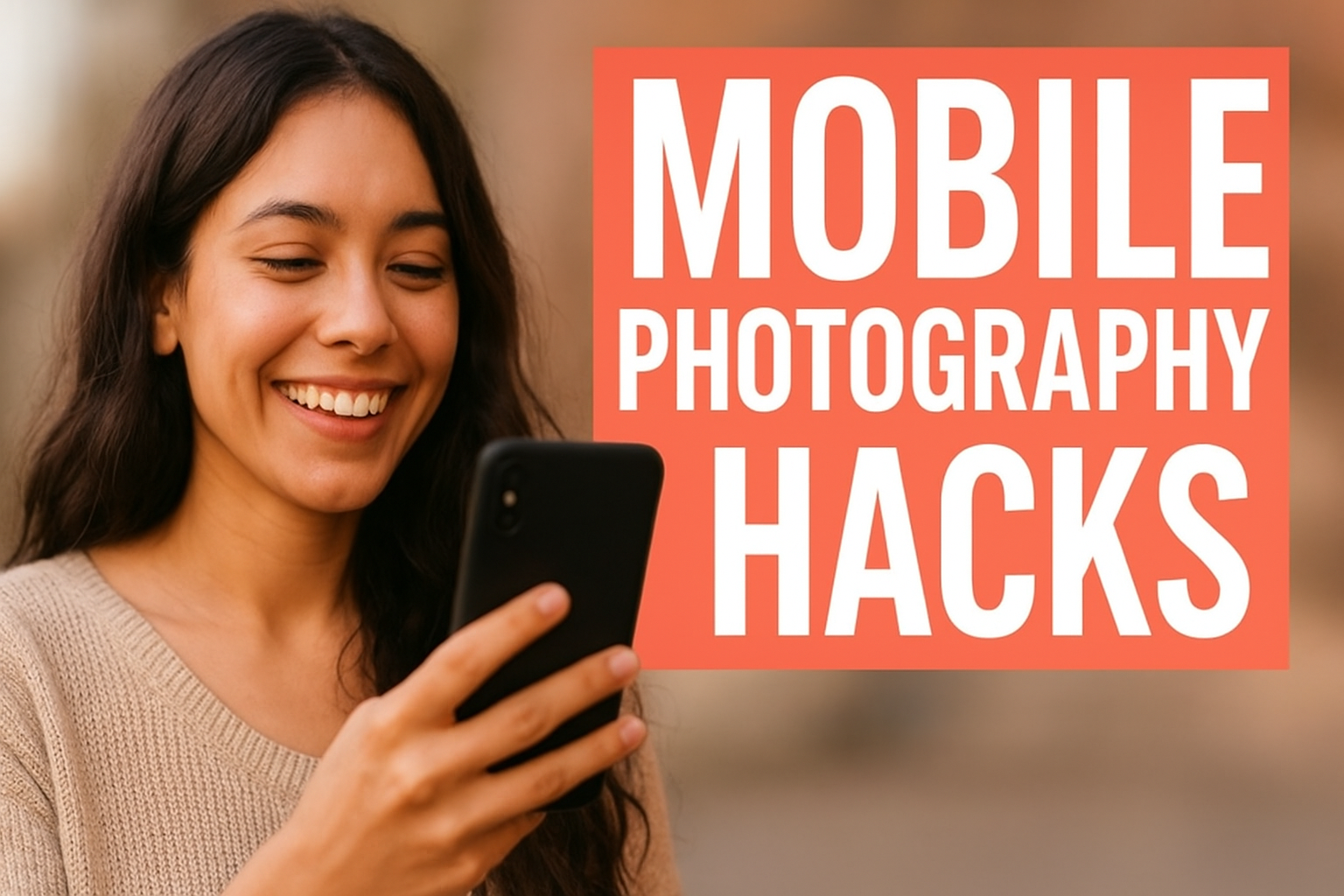
Mobile Photography Hacks: Candid Moments with Your Phone
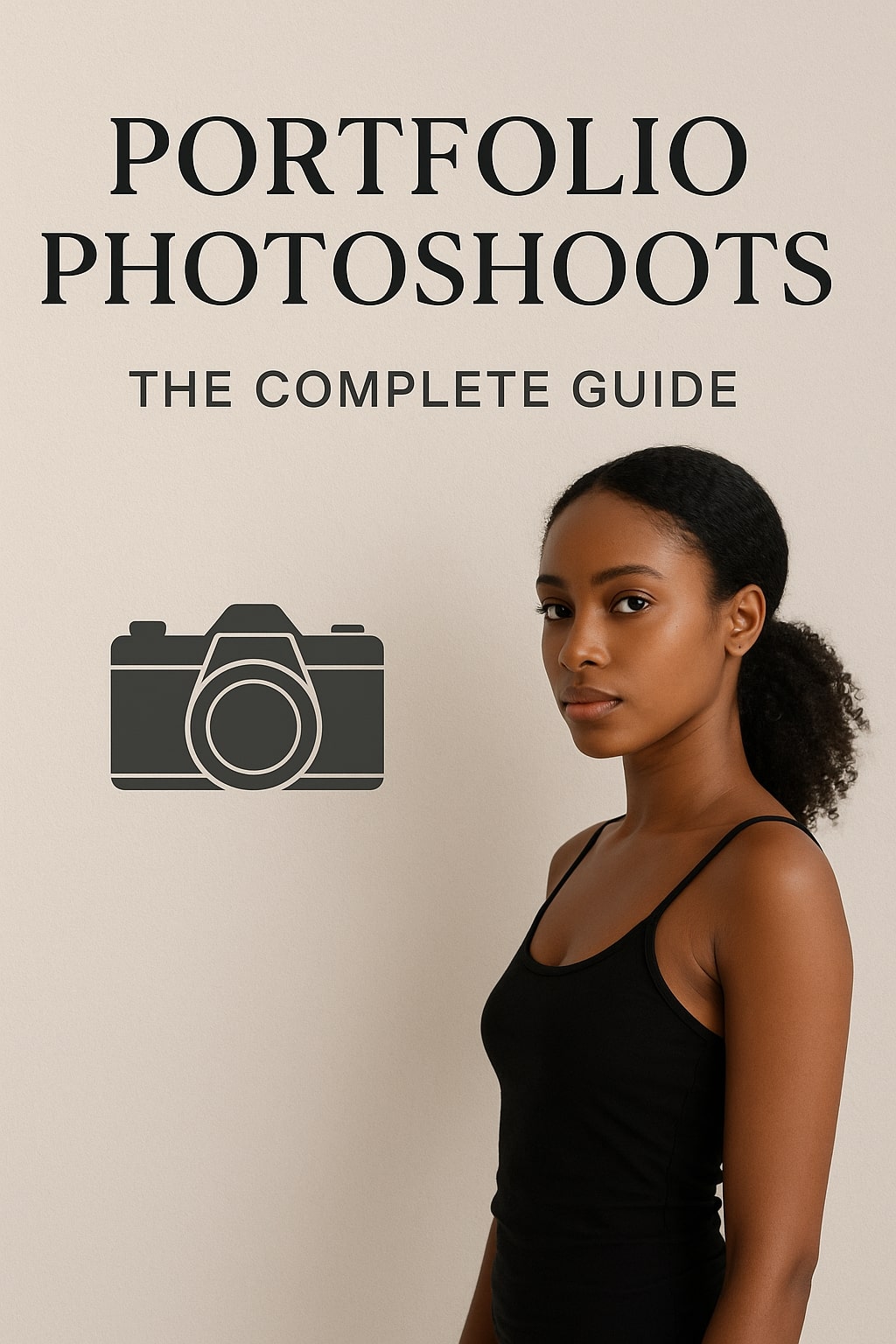
Professional Model & Portfolio Photoshoots: Show Your Best Work
-
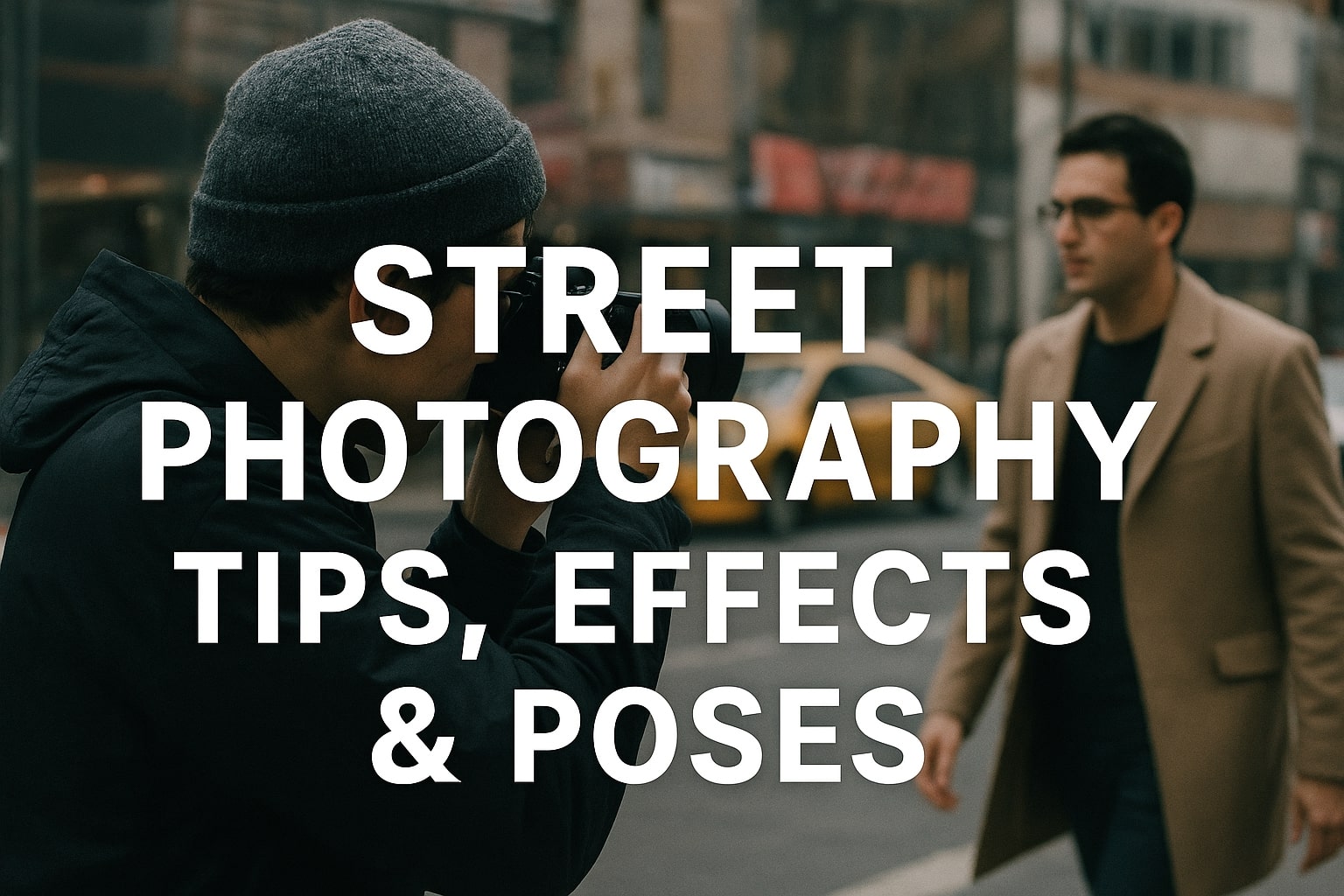
Street Photography Tips, Effects & Poses – Complete Guide
-
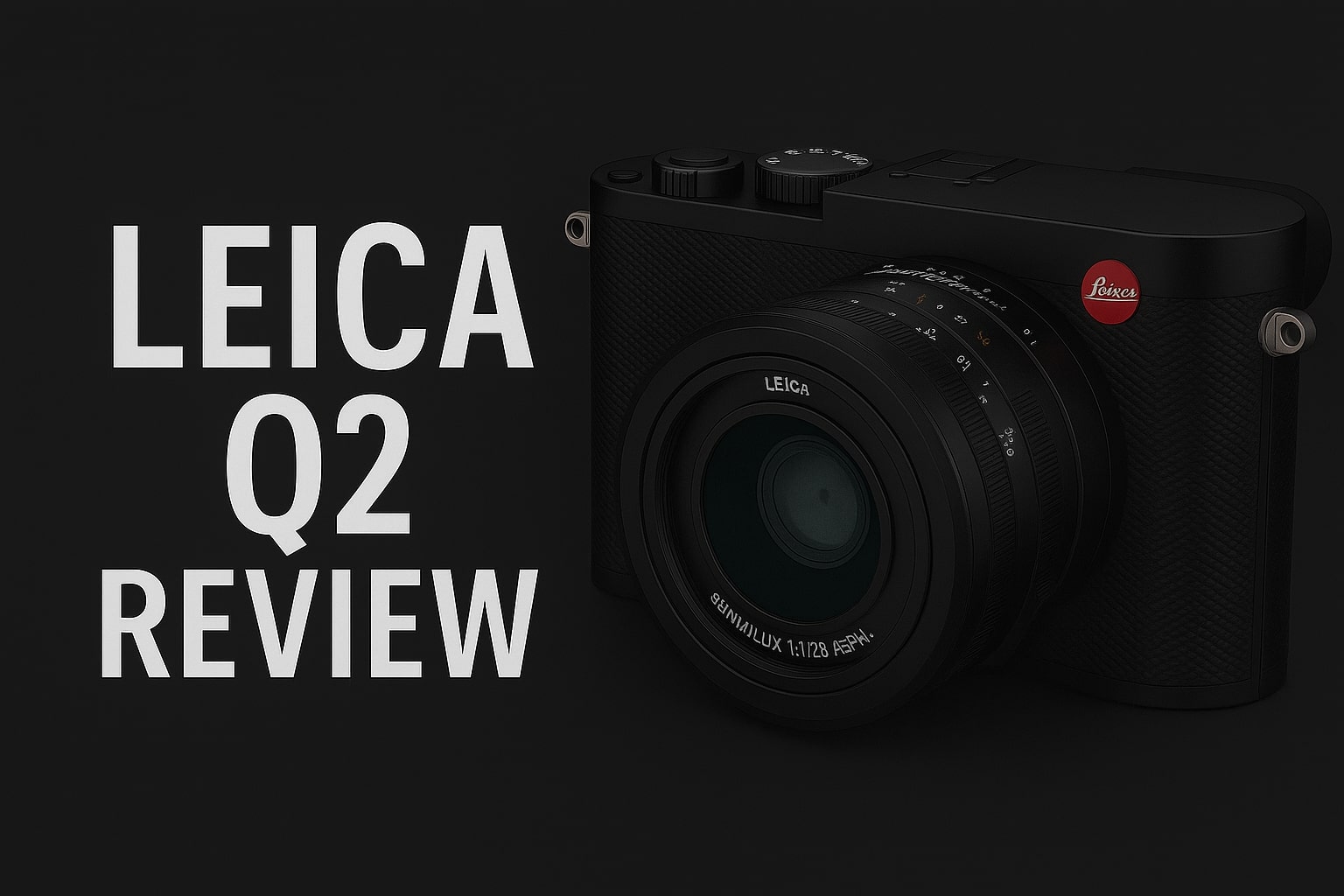
Leica Q2 for Photography: Why It’s Loved by Photographers
Mobile Photography Hacks: Candid Moments with Your Phone
Discover high-impact mobile photography hacks to capture genuine, gorgeous candid moments with your phone. Learn practical tips, composition secrets, and pro techniques to turn everyday scenes into stunning visual stories.Thank you for reading this post, don’t forget to subscribe! Introduction: The New Age of Mobile Photography Photography has evolved beyond heavy cameras, technical jargon, and
Professional Model & Portfolio Photoshoots: Show Your Best Work
” Discover how to plan, style, and execute stunning portfolio photoshoots that showcase your skills, personality, and versatility. This comprehensive guide covers professional tips, posing ideas, gear suggestions, and industry insights for models and photographers.”Thank you for reading this post, don’t forget to subscribe! Introduction – Why Portfolio Photoshoots Are the Cornerstone of a Photographer’s
Street Photography Tips, Effects & Poses – Complete Guide
Discover the ultimate guide to Street Photography with expert tips, creative effects, and dynamic poses. Learn how to capture authentic urban moments, master composition, and tell powerful visual stories through your lens.Thank you for reading this post, don’t forget to subscribe! Article Outline 1. Introduction to Street Photography Street Photography is more than just taking
Leica Q2 for Photography: Why It’s Loved by Photographers
Introduction: The Cult Status of the Leica Q2 The Leica Q2 is not just a camera—it’s a statement. Combining the heritage of German precision engineering with modern digital excellence, it holds a special place in the hearts of professional and passionate photographers alike. With its full-frame sensor, prime Summilux lens, and minimalist design, the Q2
Top Cameras Under ₹1 Lakh for Freelance Photography
Freelance photography is no longer a niche—it’s a booming creative profession that demands not only vision and hustle but also the right gear. Your camera isn’t just a tool; it’s your storytelling partner. If you’re a freelance photographer aiming to balance performance, versatility, and budget, investing in a cameras under ₹1 lakh can offer the
Top Features of Nikon D850 That Make It Ideal for Photoshoots
Explore the top features of the Nikon D850 that make it a powerhouse for photoshoots. From exceptional resolution to dynamic range, this detailed Nikon D850 guide is built for professional and aspiring photographers.Thank you for reading this post, don’t forget to subscribe! 1. Introduction When Nikon launched the D850, it quickly earned a reputation as
